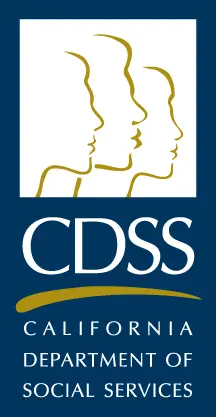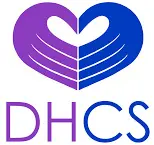The DSM-5 is a special book used by mental health professionals to diagnose and treat people with mental health disorders. This is known as The Diagnostic and Statistical Manual of Mental Disorders, abbreviated to DSM.
The DSM doesn’t just compile the many mental health issues a person may face. It also documents symptoms, statistics, and treatment options. The publication is the result of hundreds of professionals and organizations contributing their knowledge to make one reference book.
Due to how often we advance in our understanding of mental health issues and their treatments, the DSM is often subject to revisions and updates. As of the beginning of January 2023, we are on the fifth revision. Thus, the book is currently referred to as the DSM-5 until it is majorly revised again.
There is a current minor revision known as the DSM-5-TR text revision. This version has altered the language inside to not only read more clearly but to also remove stigmatizing language.
How and Why the DSM Was Created
Sadly, interest in our nation’s mental health did not begin until much later in our history. At one point during the late 1800s, the government realized that they seriously needed to start paying attention to mental health. Then they began to take a census to record those struggling with mental health disorders.
When science advanced during the 1920s, there was a push to not just lock away those with mental health challenges, as was common then. There was a push to understand and treat those with mental health conditions.
It was in 1921 that The American Medical Association’s Standard Classified Nomenclature of Disease was developed by the American Medico–Psychological Association. This group is known today as the American Psychiatric Association (APA), which then when on to publish the DSM.
The very first DSM came about directly after World War II. At this time, the sixth edition of the International Classification of Diseases (ICD-6) had been published by the World Health Organization (WHO). This book not only featured various diseases but also featured categories for mental health conditions.
The APA took this information and published a variant in 1952 that became the first Diagnostic and Statistical Manual of Mental Disorders (DSM-1). This was not the first time a book has been published about mental health issues. However, it was the first to focus solely on its treatment and identification.
The DSM became the DSM-II in 1968, as more focus shifted to psychoanalytic treatments (now known as psychotherapy) for mental health disorders. 1980 was the year when the third edition was published. This edition is where treatment and understanding of mental health disorders took a different direction by focusing on psychiatric treatment and diagnosis.
With the DSM-3, the publishers wanted to make using it to diagnose people more reliable among different mental health professionals. This was further expanded on with the fourth edition (DSM–4), published in 1994.
Our current journey ends in 2013 with the publication of the DSM-5 and its text revised version (DSM-5-TR), published in 2022. These are our most recent editions, and if science continues to advance at the rate it is, we may see new editions even sooner.
How the DSM-5 Is Used to Treat Clients
The DSM-5 is crucial because it offers compiled knowledge and understanding of mental health and brain-related issues. Think of it like a dictionary almost. You use a dictionary to look up words you don’t understand and find out the definition. The dictionary also has other information besides just the definitions. This also includes where the word comes from, how to pronounce it, and how to use it in a sentence.
Mental health professionals similarly use the DSM-5. It allows a treatment provider to look up a mental health disorder. This lets them get a clear and defined definition of what each mental health disorder is. Besides this, they can use it to look up what symptoms are associated with the disorder. Other types of information can also be looked up, such as statistics, risk groups, and treatment options.
The mental health professional can then look at all this information and compare it to what they see in a client. This helps the client receive an accurate diagnosis, which is what is needed before a treatment plan can be drafted. Some disorders are common enough that sometimes the DSM-5 doesn’t need to be consulted. Depression is a common mental health disorder that is very widely known, so it doesn’t require a lot of research to diagnose. However, the DSM-5 is the best bet for an accurate diagnosis of rarer and harder-to-diagnose issues.
Can You Use the DSM-5 to Diagnose Yourself?
The short answer is no. It’s a terrible idea unless you are a mental health professional.
The DSM may have symptoms listed that can match how you are feeling. However, that doesn’t mean you have that particular disorder. At the least, it will frustrate you, and at the most, it will cause distress and alarm. It’s comparable to people looking up a diagnosis for a headache and finding matches for brain tumors. It can also lead people to attempt to medicate themselves, which is also very dangerous.
It’s best to leave a diagnosis to a mental health professional. That way, they can look at not just your symptoms but other factors as well. This is the best way to get a proper and accurate diagnosis.
The mental health world is in a constant state of change and growth. Our understanding of mental health issues and treatment grows nearly daily as dedicated people work hard to discover effective options. At Acera Health in Costa Mesa, California, we pride ourselves on keeping up with the times. We are always on the lookout for the latest treatments and diagnoses to help our clients achieve long-lasting recovery. We give our clients the power to choose how they wish to be treated, and we never judge or scorn those in need of help. If you or someone you love is currently struggling with a mental health disorder, call (949) 647-4090 to speak with one of our mental health professionals.









